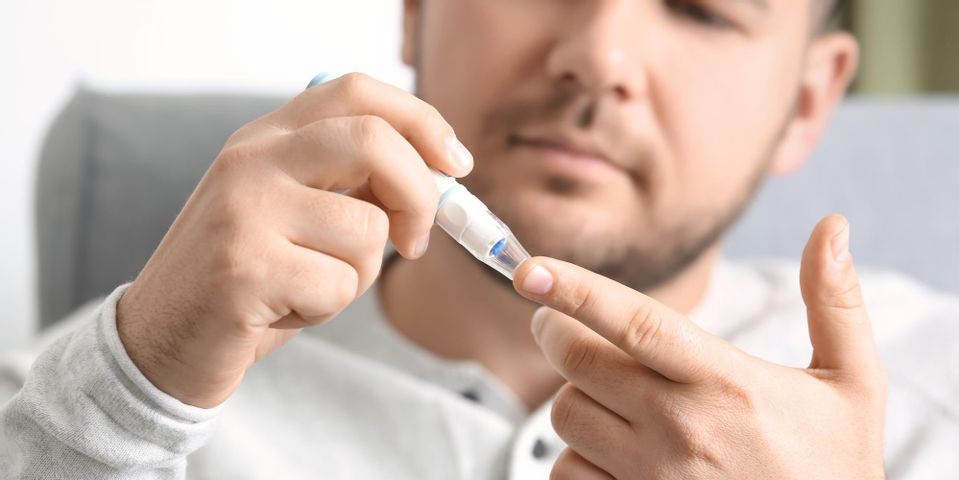
Those on the track to diabetes often don’t have symptoms to warn them of their condition. However, with annual A1C testing starting at age 45, you might learn that you have prediabetes—or high blood sugar levels on the verge of diabetes. When the condition is at this stage, you can take several steps and work with your doctor to avoid diabetes and get your blood sugar back to normal levels.
Ways to Curb Prediabetes
1. Eat Healthily
 One of the obvious steps for combatting prediabetes is a balanced diet. Odds are a poor one is what has primarily contributed to an unhealthy A1C. While you may not be able to cut everything bad immediately from your diet, there are gradual steps you can take to maintain a healthier meal plan that you will enjoy:
One of the obvious steps for combatting prediabetes is a balanced diet. Odds are a poor one is what has primarily contributed to an unhealthy A1C. While you may not be able to cut everything bad immediately from your diet, there are gradual steps you can take to maintain a healthier meal plan that you will enjoy:
- Drink water in between meals. Not only are you hydrating, but doing so also fills you up, so you aren’t prone to snacking. Plus, it helps you feel fuller faster when you do eat.
- Eat non-fat dairy. Cutting whole-fat and even low-fat dairy from your diet can significantly aid your health.
- Opt for whole grains. These options have complex carbs, which have multiple health benefits, including a slower rise in blood sugar.
- Cut soda and other sugary drinks. Even diet sodas are a vehicle for unnecessary blood sugar spikes.
2. Get Active
The mission with this step is to lose excess body weight to lower your risk for diabetes. Getting rid of just five to ten percent of your body fat can reduce your chances of the condition. Doctors often suggest that you get at least 150 minutes (2.5 hours) of moderate aerobic exercise activity a week, such as a motivated walk or bike ride. They also recommend strength training with weights at least twice a week.
3. Stop Smoking
Smoking is a huge risk factor for diabetes because this habit changes how your body processes and regulates sugar. By extension, it makes your diabetes tougher to control. If you smoke, you are 30 to 40% more likely to develop the condition, and the auxiliary health problems that can occur as a result are much more severe—like heart and kidney disease, poor circulation that can lead to amputation, and retinopathy (a disease that can cause blindness).
Those with diabetes who quit smoking have a significantly easier time controlling their condition because removing the habit allows medications to pass through their system more slowly and perform their intended purpose.
4. Take Medication
Your doctor will recommend a course of treatment for your diabetes that will likely include an ongoing prescription. If you’re at high risk, they will prescribe metformin—an antidiabetic medicine that lowers blood sugar levels in people with Type 2 diabetes. If they don’t believe you need a comprehensive antidiabetic, your doctor could prescribe standard medication to control cholesterol and high blood pressure instead.
5. Know Your Risk
Type 2 diabetes is mainly connected to obesity, but it also has genetic ties. Some risk factors that can make you predisposed to developing diabetes are:
- Your family history: Do you have other family members who have Type 2 diabetes?
- Your race: If you’re of African, Hispanic or Native American descent, you have an increased risk of diabetes.
- Your gender: Diabetes is more common in women than men.
With the help of a skilled doctor, you can help manage your high blood sugar before it results in diabetes. In Albany, NY, residents often turn to Urgent & Primary Care to help them make healthy decisions for their life. This father-daughter team of doctors skilled in primary care and rheumatology will help guide your plan going forward with adjustments to your lifestyle and prescription medication when needed. For more information about their full range of medical services, call (518) 463-8262 or visit them online.
About the Business
Have a question? Ask the experts!
Send your question

